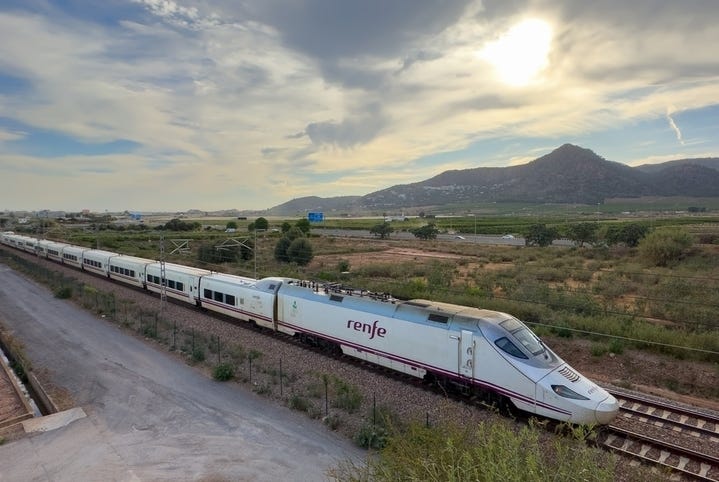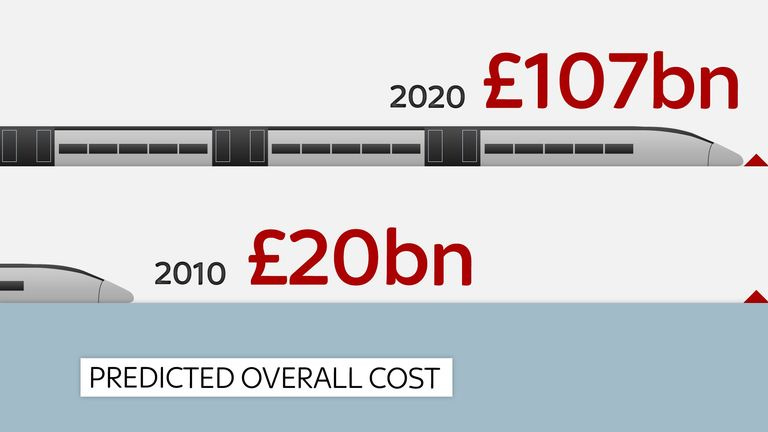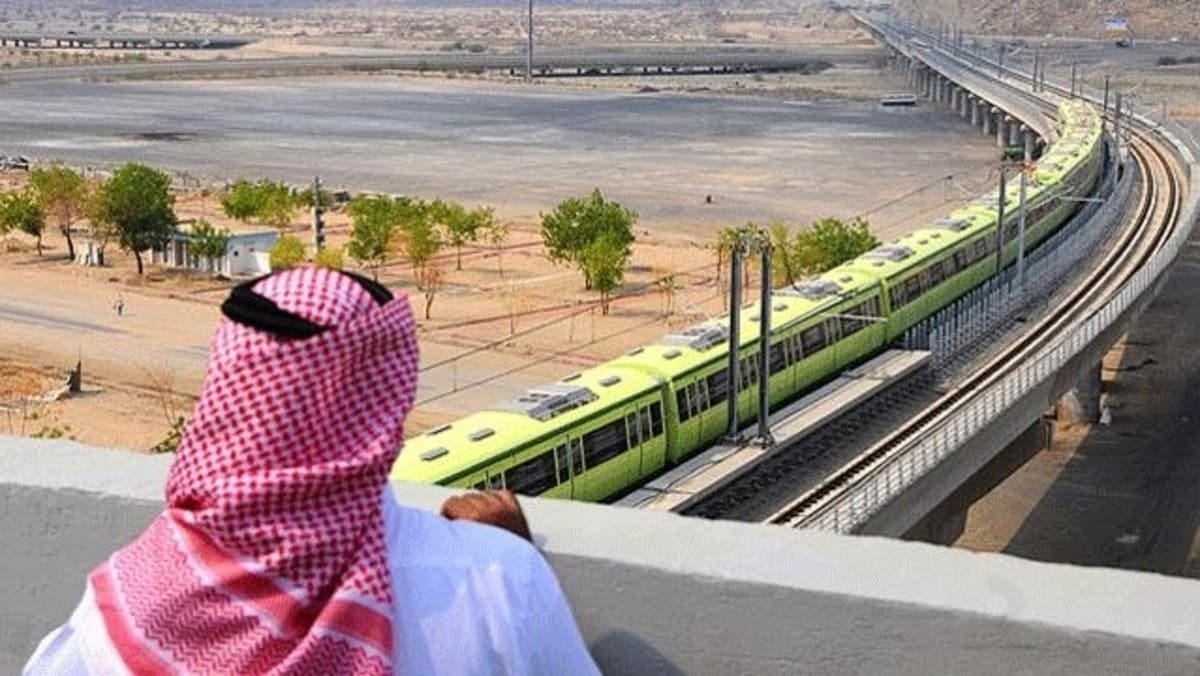Over the past two decades, Spain's meteoric rise in the realm of high-speed rail infrastructure has been nothing short of spectacular. The nation's progression from having a single significant high-speed rail to now being a global leader with the world's second-largest high-speed rail network is an exemplary case of vision combined with meticulous execution.
Geographical Challenges
At first glance, Spain's geography, characterized by its often mountainous terrain, doesn't naturally lend itself to high-speed rail. Yet, the country has managed to lay down nearly 4,000 kilometers of high-speed tracks. This means that for its modest population of around 40 million, Spain possesses the most extensive network per capita on the globe. This feat becomes all the more impressive considering the technical and geological challenges posed.
Evolution of the Network
Spain's rail network, broadly resembling a large "X", places Madrid at its nexus, connecting it to major cities like Barcelona, Zaragoza, Valencia, and Seville.
One of the remarkable achievements has been Spain's innovation around the legacy Iberian gauge. This broader track gauge posed compatibility issues with neighboring France's standard gauge. Spain's innovative solution? Trains that can change gauges without stopping. This gauge-changing mechanism is not only a technical marvel but also symbolizes Spain's forward-thinking approach.
The Efficiency Game
While some critics argue that such massive infrastructure projects could financially burden a country, Spain's rail endeavors debunk this myth. Spain's costs per kilometer for high-speed rail are a fraction of what we observe in projects like the UK's High-Speed 2 (HS2) or California's High-Speed Rail. In certain cases, Spain’s cost efficiency outpaces even China. How did Spain manage this? By harnessing its robust construction market, leveraging expertise from public institutions like RENFE, and undertaking meticulous project management. This focus on efficiency is further exemplified by Spain's radial network design, minimizing complex city approaches.
Global Ambitions and Key Takeaways
Spain's impact on the high-speed rail world isn't just limited to its borders. The nation's innovative solutions, robust designs, and cost-effective implementation strategies are being sought globally. Whether it's the construction of the rail infrastructure in Saudi Arabia or the partnership with Texas Central High-Speed Rail Line, Spain is leaving its footprint.
For countries like the US, looking to enhance their transit infrastructure, Spain's journey offers invaluable lessons. The Spanish model demonstrates the advantages of a holistic approach, where innovative solutions, public-private partnerships, and a keen focus on efficiency lead the way.
In a world grappling with the challenges of sustainable and efficient transportation, Spain stands as a beacon, illuminating the path forward. The nation's journey from a single railway to a global high-speed rail powerhouse is not just an infrastructural achievement; it's a testament to vision, innovation, and unwavering determination.








It's not because Spain has such an extensive high-speed rail network that it has the best. It does have a better network than many other countries, but it is still inferior to the French, German, and Belgian&Dutch systems which are very well integrated from both a national and international point of view.